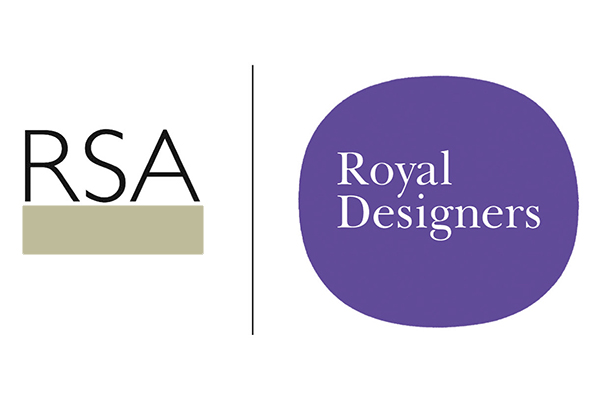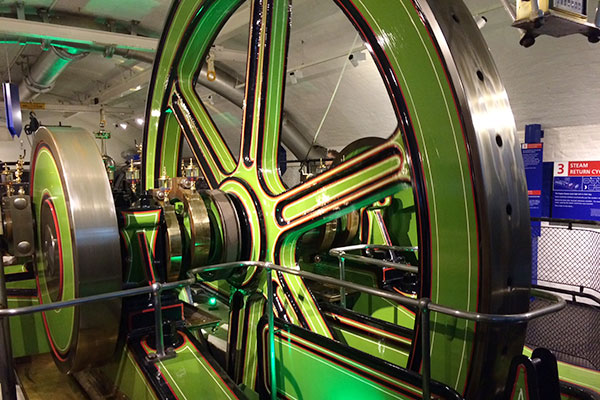In 1890, William James wrote that “a man’s Self is the sum total of all that he can call his, not only his body and his psychic powers, but his clothes, his friends, his wife and children, his ancestors, his reputation and works, his lands and yacht and bank account…”. Now I don’t have any children or a yacht (or even much of a reputation), but I am a sucker (and an advertising agent's dream) for the idea that my possessions are linked with my identity.
I suppose the objects I feel this most keenly with include those I use daily – like my ageing Apple Powerbook – things that were created by someone I love, like the cartoon my grandfather drew of rush hour at Glasgow Central Station in the 1920s, and things that have almost become a physical part of me – like my wedding ring. As a product design graduate, when I’m buying a new object I tend to critically assess it, working out how long I think it’ll last. Sometimes my favourite stuff has changed as I’ve got older; my laptop has dents where I’ve dropped it for example, which somehow make it an object more special to me.
Can this process of owner, object and identity be enhanced? A new maker of jeans in Wales think so. Hiut Denim are including what they call a History Tag with each pair of jeans. Each pair of their jeans will have a unique number which you can register on their website. Once registered, you can send photographs of you (presumably wearing your jeans) to the website, amassing a collection of memories over time. They describe it more persuasively than I can:
“…the History Tag is a bit like a blank iPod, but as you add more and more music it becomes more and more interesting. Or in our case, the more memories you add to it, the more fascinating it becomes. So if in the future, your jeans get handed down, or end up in a second hand jeans shop, their memories will go along with them. Your memories won’t be forgotten which we think is good. A good marriage between Luddite and Geek.”
In short, the History Tag is a way to make this connection between owner and object more visible, even enduring when the object passes to another owner. Could ideas like this help us become more satisfied with what we have, reducing our ‘insatiable’ desires? Or on the other hand – will enough customers actually bother to do it? I think it’s a neat idea, but have a sneaking feeling that it’s sustainable in a way that I find just a little bit too sickly sweet…
What do you think, and what are your favourite objects?
Related articles
-
Royal Designers at 80: a celebration of RSA design past, present and future
Melanie Andrews
2016 marks the 80th anniversary of the Royal Designers for Industry (RDI). In a special event at the RSA we looked back at some of the life-changing works of the past.
-
Dyslexics think differently
Jim Rokos FRSA
Jim, a former winner of the RSA Student Design Awards, challenges perceptions of dyslexia by highlighting its positive effects and close association with design.
-
Blog: Saving Design Thinking from itself
Sevra Davis
We have arrived at a critical moment for design thinking. Sevra Davis explores how we can champion a radical new future for design.



Join the discussion
Comments
Please login to post a comment or reply
Don't have an account? Click here to register.
Hi
according to me jeans means the mixing of comfort and style.
However I would like to share an URL which also be able to give you both
the site is: http://www.leadersmenswear.ie